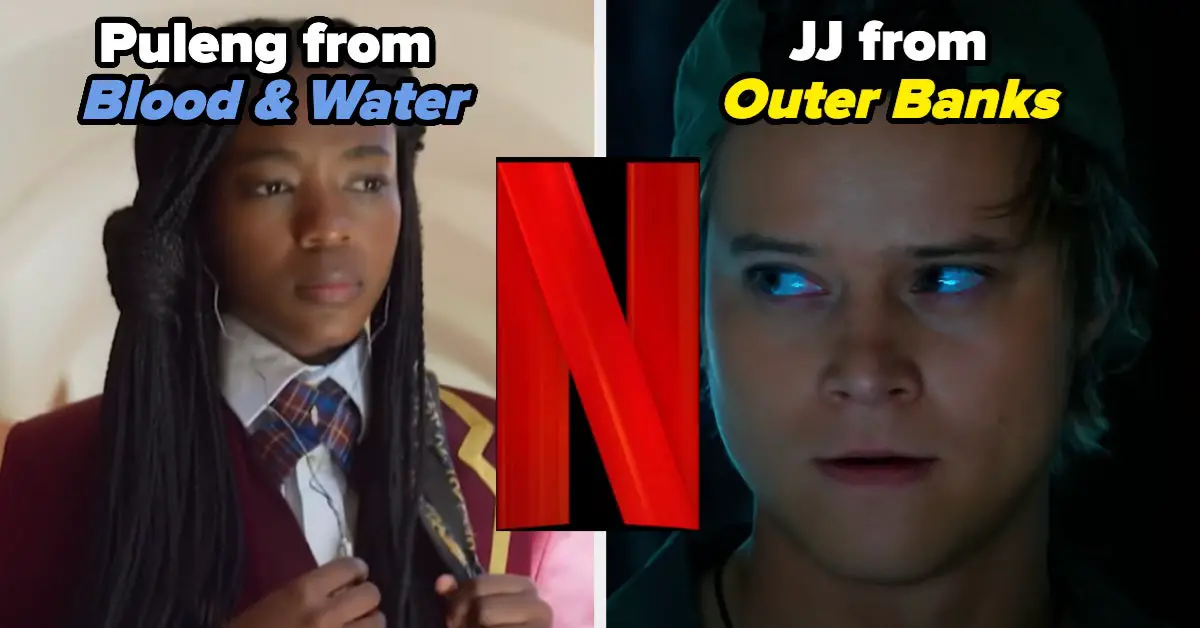Donations Make us online
Before we begin. Let’s make sure we’re all talking about the same thing. When I
say “high value-to-minute video content” I’m talking about stuff like this:
Create a User Interface with Vanilla JavaScript and DOM:
Notice that I don’t waste any time saying what we’re going to learn (that’s what
the title/description are for) or how we’re going to approach it. I just start
into the content. When I finish I don’t ask you to subscribe or smash the like
button. I review the material to make sure we’re all on the same page, and then
that’s it.
I’m not here to waste your time.
So, how do I record those kinds of things? Well, if you’re interested in the
hardware/software I use, then check out my uses page. I want to tell
you about my process.
First off, I need to learn about what I’m going to teach. Normally I already
know something about what it is I’m going to teach. Normally the stuff I teach
is something I have a lot of experience with, but sometimes only a little bit.
Whatever the case may be, I at least have an idea of the kind of thing I expect
people to do with the idea I’m trying to get across, and that’s where I start:
The example.
I’ll often already have an example of the thing that I want to teach based on
something I did in a real-world app for work etc. So I’ll take that and try and
isolate/simplify as much as I can so we can focus on the thing I’m trying to
teach. That way there are as few distractions/unrelated concepts as possible.
The process of striping down the example to the fundamentals of what I’m trying
to teach is very instructive for me. It helps me answer any questions I have and
sometimes corrects my assumptions about the material. With that example, I also
want to make sure that I don’t remove anything that people would typically come
up against, or I at least make a mental note to mention it when I’m giving the
instruction.
I don’t think about the “starting point” until I have the finished version of
what I’m going to teach. Once I have that, I take away all the important stuff
and leave in the irrelevant stuff. For example, if this isn’t an introduction to
an abstraction/module, I’ll often leave import statements in place so they
don’t have to watch me type it.
My highest quality material is included in
my workshops and the starting point for all
of those is in an “exercise” version of the file which has little emoji (🐨) to
help along the way for people going through the workshop material. So as I’m
removing the stuff that we’re going to be learning about, I leave emoji in place
for people to know what to do.
Here’s an example of
the exercise version
and
the final version
of an exercise. In the workshops, there’s also
an accompanying markdown file
that gives a bunch of details and links to resources to help prepare people for
the exercise.
My goal is to keep each video focused on one core concept that I’m trying to
teach, so I’ll look at the finished version and determine how many things are
only tangentially related to what I’m teaching. If there are things like that,
then they get their own video (in a workshop that means they’re an
“extra credit”).
I also try to determine how “heavy” the concept is. If there’s a lot in there,
then I try to break it down so I can keep the video short. If a video is longer
than 6 minutes or so, then you’re probably teaching too many things at once and
could break things down to smaller bits (which in a workshop is also “extra
credit”).
… Here’s a little side-note about workshops and “extra credit”…
A note on the meaning of “extra credit” for workshops. Sometimes really
important lessons are contained in the extra credit portions of the workshops,
which makes it feel like they’re not “extra” after-all but rather crucial parts
of the learning process. The only reason I call them “extra credit” is because
in a workshop context I actually don’t need the student to get through the extra
stuff on their own to accomplish my purpose of the workshop exercise. The
purpose is to get their mind engaged with the problem, which they can do in the
first few minutes of the exercise. They don’t have to get through all the
material on their own to learn what they need to learn. And they can always go
through it later.
… Ok, back to recording videos…
Most of the things I record, I’ve taught multiple times to people in one form or
another. It could be in a workshop, a blog post, or a talk. The point is that I
know this stuff. Really well. And I can explain it really well without
fumbling over my explanation.
That said, sometimes the video I’m recording is the first time I’ve explained
the concept at all and that’s fine too. It just means that I’ll have to try
several times before I come up with an explanation that I’m happy with.
So, before recording, I’ll set my screen resolution to 1280×720 (1080p) with
HiDPI (which means it’s basically 2560×1440, just with big controls). I update
my editor settings to make sure the font is easily legible (even on a mobile
device) and there’s no empty space on the screen (often this means the editor
and preview are both in screen, which is optimal anyway). Then I pull up some
notes on another screen if needed. Often I don’t really need anything, but even
more often all I need is a diff between the final version and the starting
version. (git diff --no-index before.js after.js)
Sometimes I’ll make little notes to myself, but I never write down what I’m
going to say.
I hit the record button, make sure my mouse or cursor aren’t in a weird spot
(oh, and I disable blinking on my cursor too), then I start talking and typing.
I do not record the video and audio separately. I record them together. This
takes practice, but sounds more natural. (in bold because this is a very
common question). If at any point I’m not happy with what I just did, I take my
finger off my trackpad and my hands off the keyboard, I think back where the
mouse/cursor were at the point I want to start over, I restore everything to
that point, and then I start again from that point. I can clean it up after the
fact.
Things get challenging if you’ve scrolled around a little bit, so sometimes I
need to be creative to make cleanup easier and occasionally I’ll start all over
again. If I’m happy with what I typed, but I’m not happy with how I said it,
I’ll just say it over and over again until I get a good take and then I’ll
overlay them later. Then I continue.
I pretty much follow John Lindquist’s
course on Egghead about recording screencasts
(which is full of TONS of great ideas). (And don’t miss
the cheat sheet)
I use Screenflow to record
and edit. I don’t know of anything better for what I do. I’m happy with it. To
be honest, I don’t edit most of my videos these days (egghead.io takes care of
it for me now), but I always set my audio to mono (who needs stereo on a single
person’s voice?) and I use the “Smooth Volume Levels” feature which normalizes
volume and does a few other things to help improve the sound. It does a pretty
good job for a checkbox.
I export the video file as 2560×1440 MPEG-4 at 30 FPS.
There’s a lot more to all of this, but the above should answer most questions
people ask me about this so I’m going to stop here. But I do want to share a
super useful resource:
How to egghead: egghead instructor guide.
Lots of great resources and ideas in there. Even if you don’t want to publish on
egghead.
I hope this was helpful to you! Good luck!
Source link








Leave a Reply